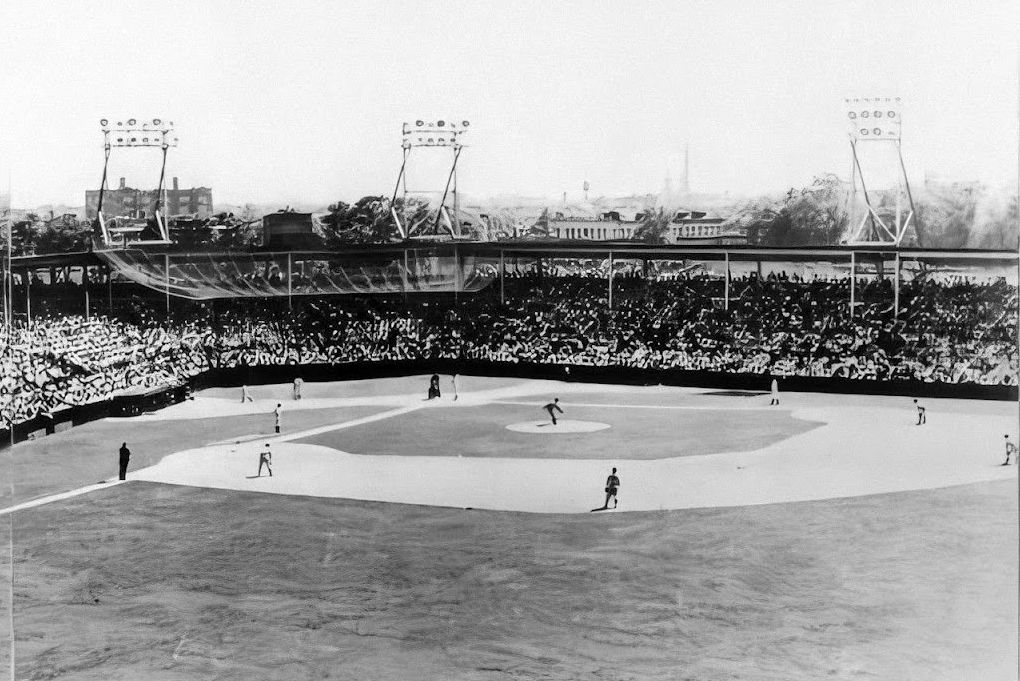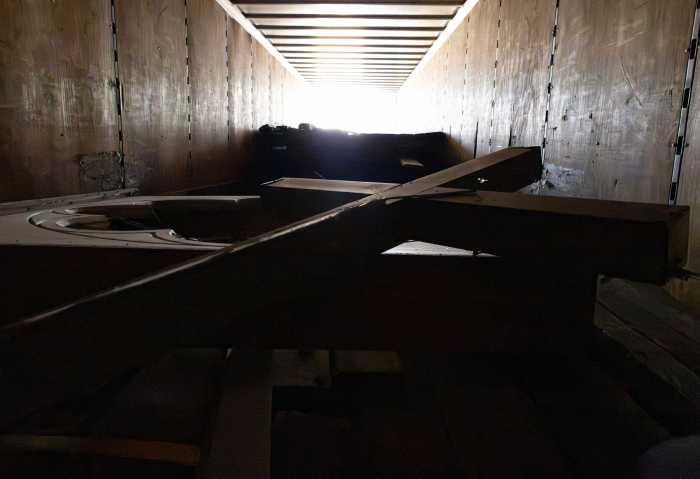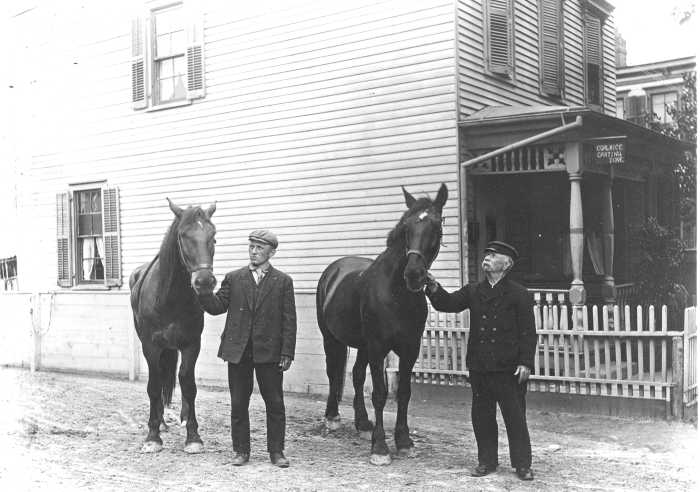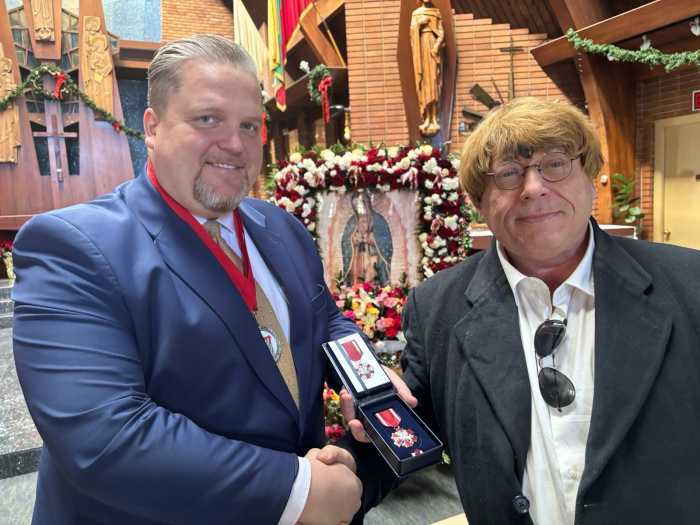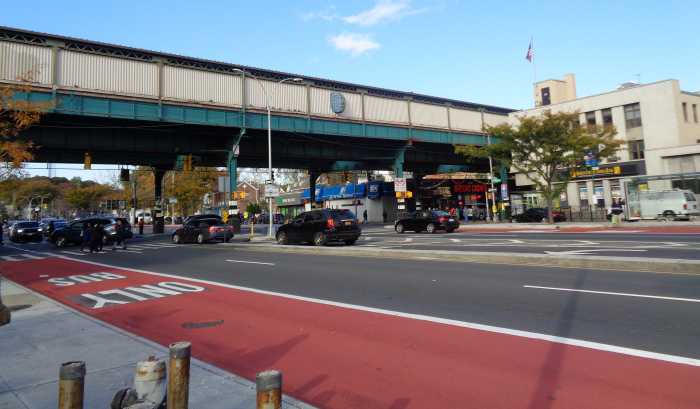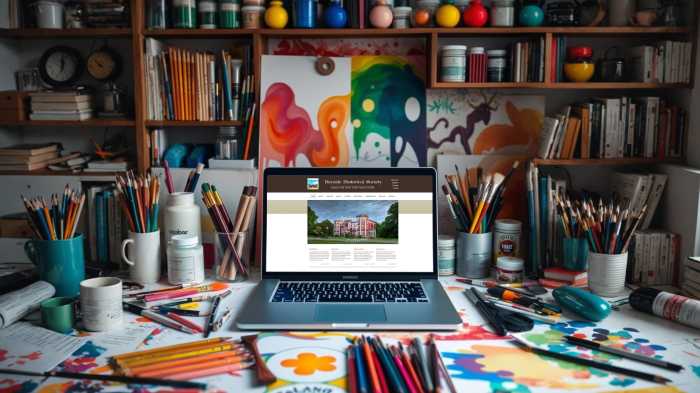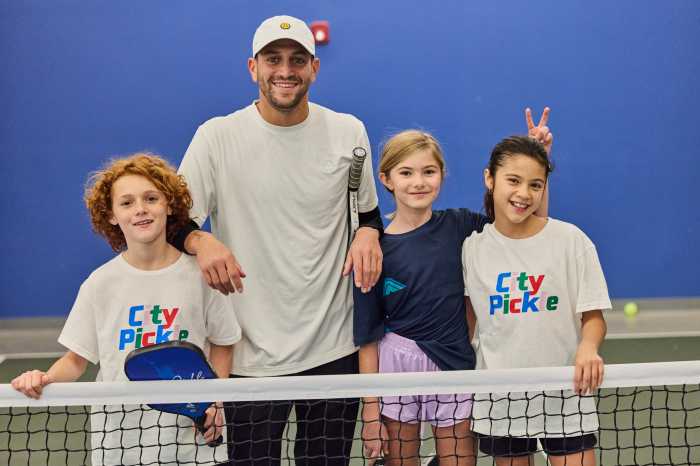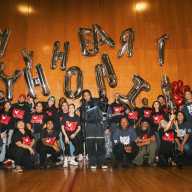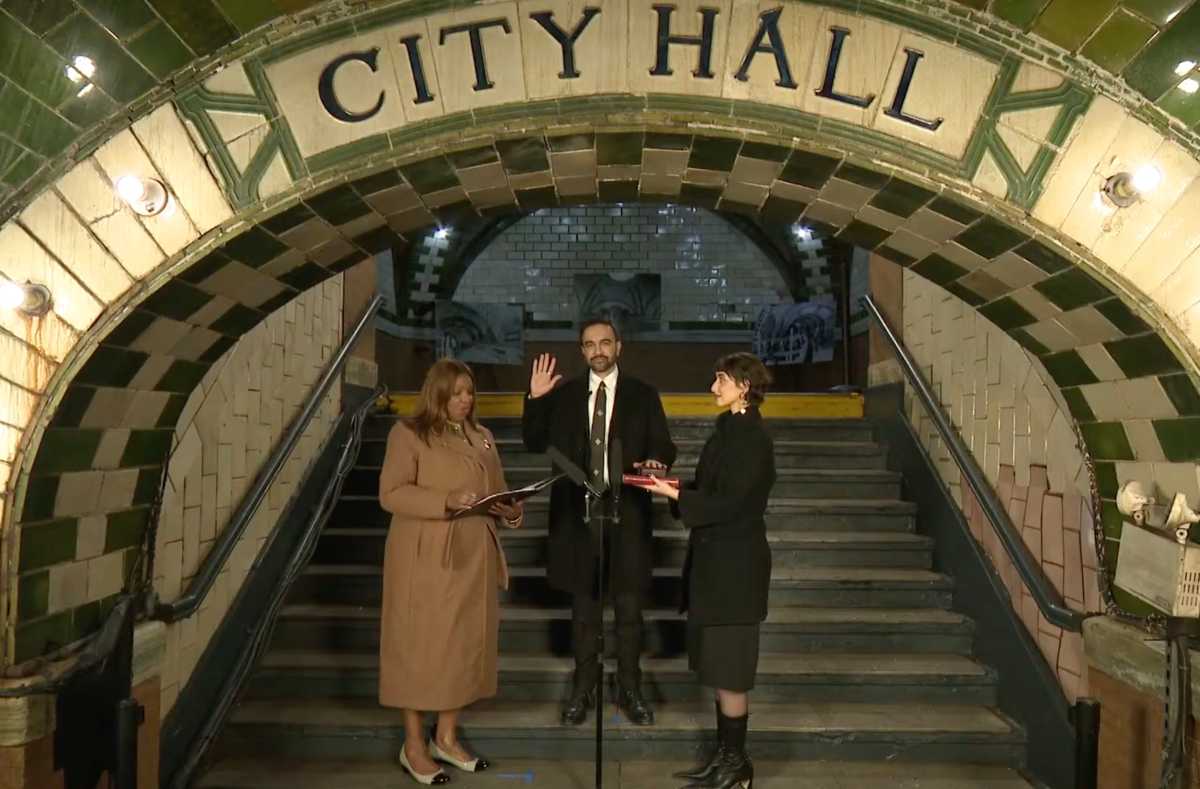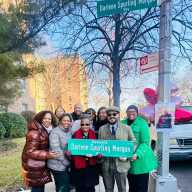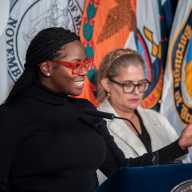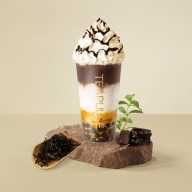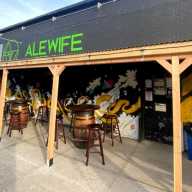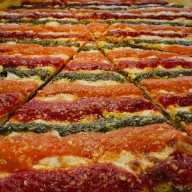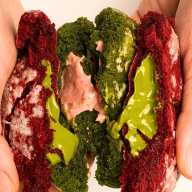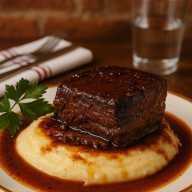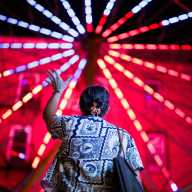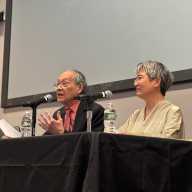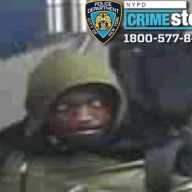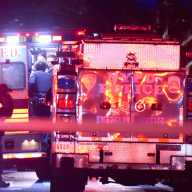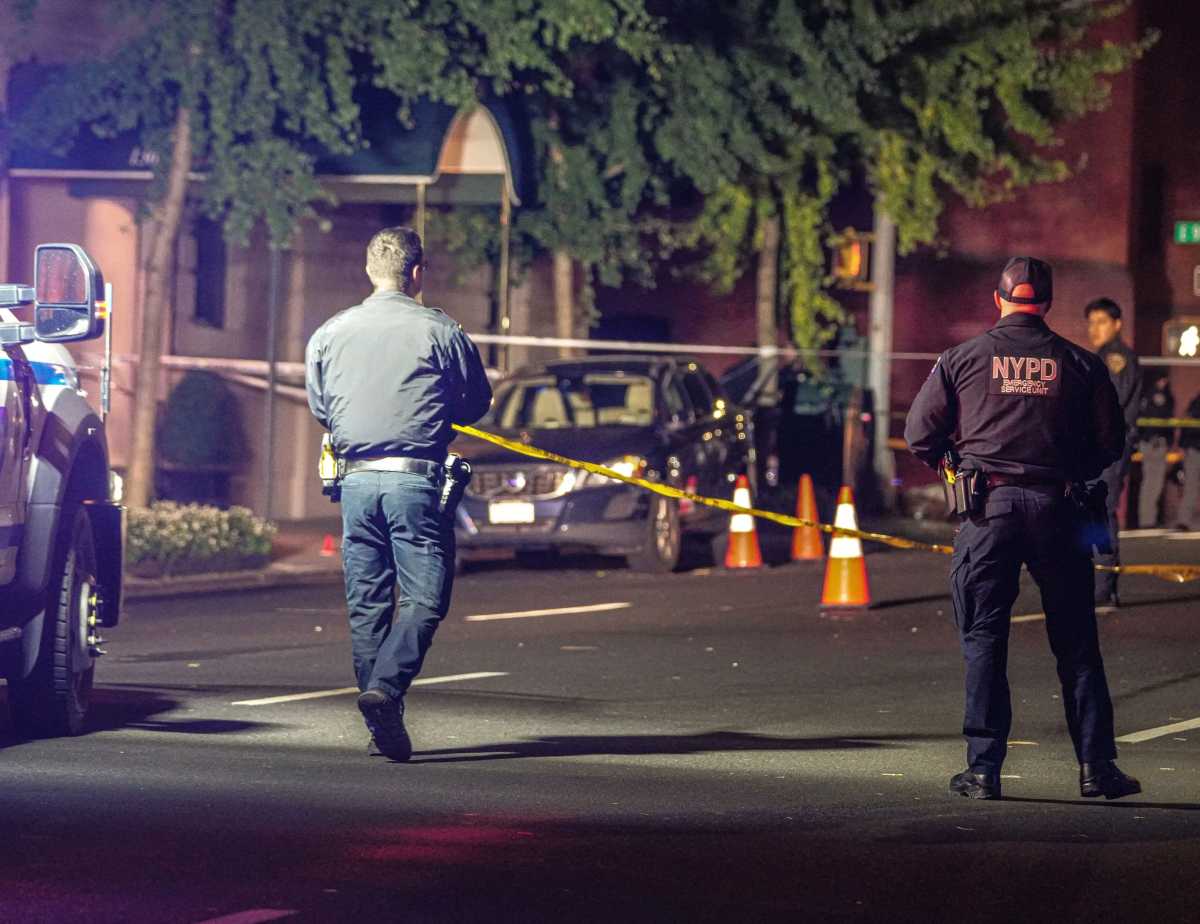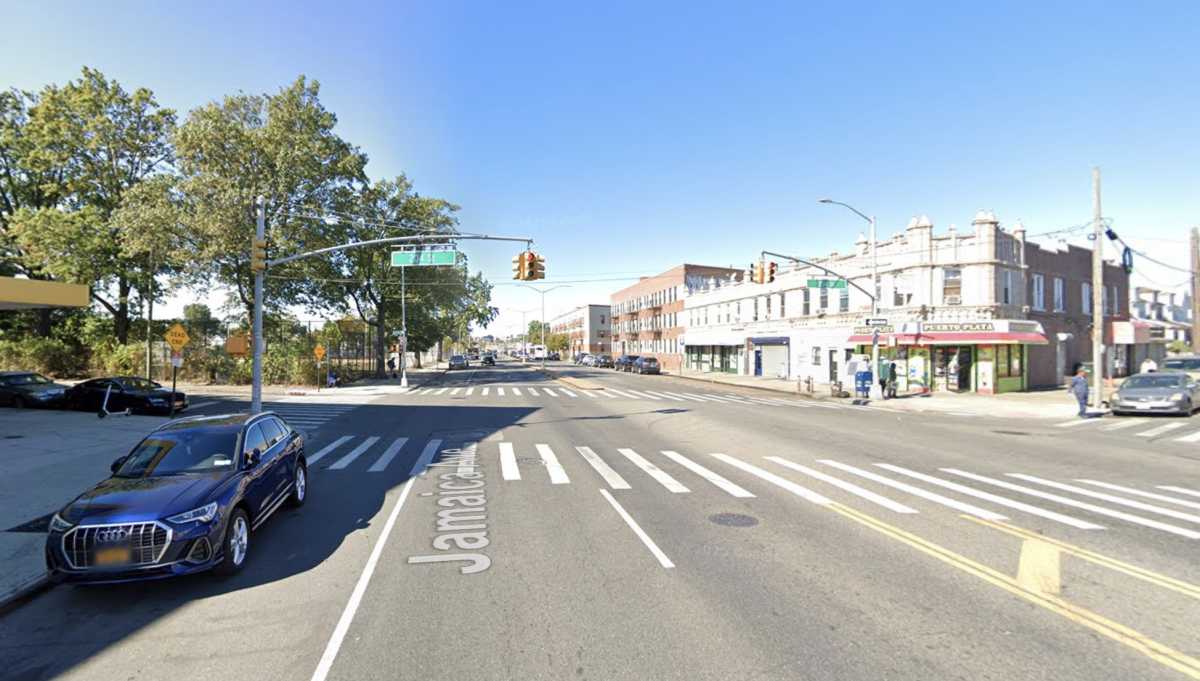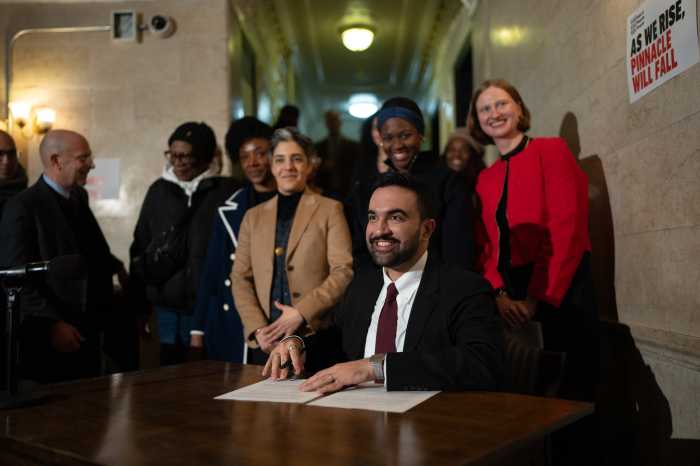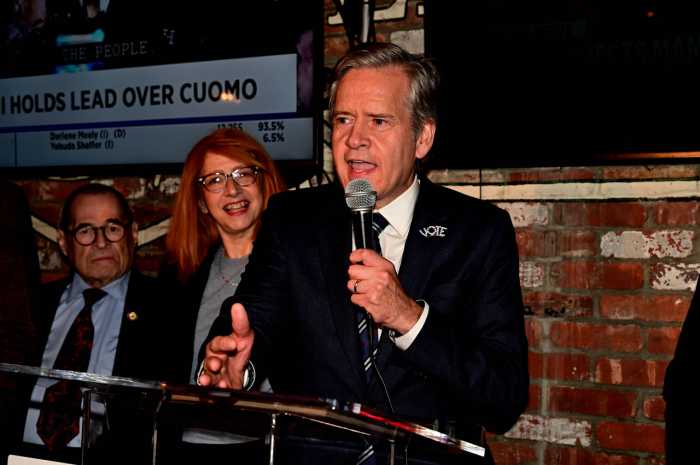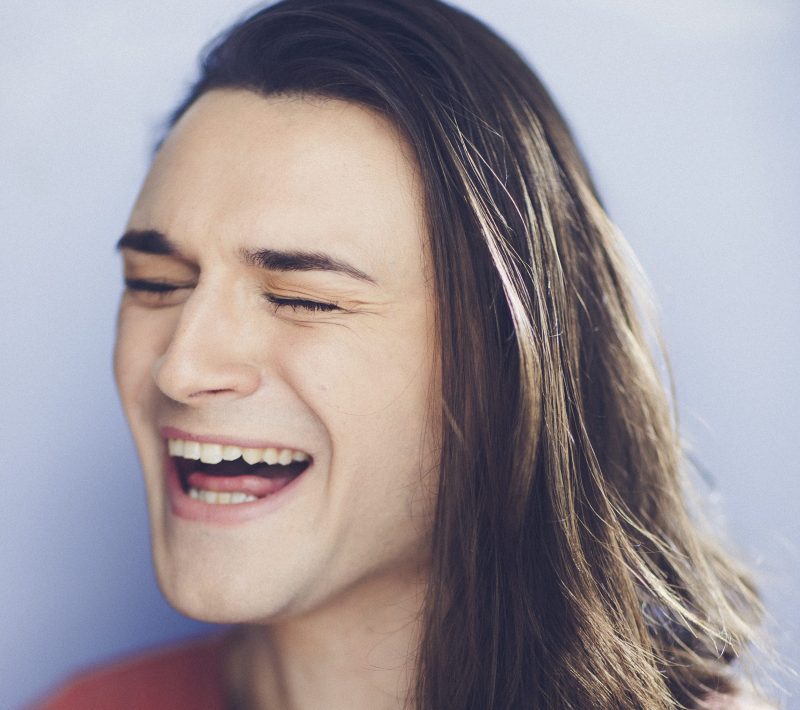The sport of baseball changed dramatically 95 years ago, thanks to the innovative genius of a young engineer and the business acumen of his father.
Organized baseball had been part of the Woodhaven landscape since 1889, when games were played on an open field along Jamaica Avenue called Dexter Park. Starting in 1913, Dexter Park became home to the Bushwicks, an independent semi-professional team owned by Max Rosner.
The Bushwicks became so profitable that in 1922, Rosner and his partner, Nat Strong, purchased Dexter Park and built a modern stadium with a concrete grandstand that seated 13,000 spectators.
Over the next 35 years, many of the greatest ballplayers of the era—from both the Major Leagues and the Negro Leagues—came to Woodhaven to play ball. Among them were Joe DiMaggio, Jackie Robinson, Satchel Paige, Phil Rizzuto, Lou Gehrig, Babe Ruth and Josh Gibson—legends all.
But it was a game at Dexter Park on Wednesday, July 23, 1930, that changed the way baseball was played forever.
Until then, all games were played during daylight. While other teams had experimented with night baseball, the lighting was often inconsistent – both dim and blinding. Many players criticized the idea, saying it would hinder performance and damage their eyesight.
Max Rosner, however, saw great potential in night baseball. He spent nearly two years listening to proposals from lighting experts and salesmen, but none seemed up to the task – until the answer appeared much closer to home.
Rosner’s son, Herman, an electrical engineer, developed the blueprint for lighting a baseball stadium at night. Having grown up around Dexter Park, Herman understood the unique challenges of illuminating a ballfield.
Every square inch of the field had to be as bright as daylight, including the sky above, so fly balls could be tracked by players and fans alike. The lighting had to be even and free of dark pockets where the ball might disappear, yet soft enough not to blind anyone.
Herman’s solution involved eight permanent towers, each 90 feet tall, fitted with 84 Westinghouse illumination units. Four towers lit the infield; the other four covered Dexter Park’s vast outfield – 330 feet to left, 295 to right, and an impressive 431 feet to center.
On Wednesday, July 23, 1930, the Springfields of Long Island City came to Dexter Park to play the Bushwicks. The gates opened at 7:45 p.m., and the first pitch was scheduled for 9:15. The stadium was packed, not only with fans curious about what newspapers were calling a “fad,” but also with representatives from nearly a dozen other ball clubs, eager to see this fad for themselves.
The evening was a resounding success. Every player praised the lighting; some even said it was easier on the eyes than the sun. The only downside was the result: the visiting Springfields beat the hometown Bushwicks, 5–2.
From that night on, Wednesdays and Fridays were reserved for evening games. The team also occasionally moved day games to the evening during heatwaves.
Major League Baseball eventually followed suit, but not until five years later, when night baseball debuted at Cincinnati’s Crosley Field, using a lighting system modeled after Dexter Park’s.
Ninety-five years later, roughly 75% of Major League games are played under the lights, with exceptions for Opening Day, weekend games and “getaway days” (games before team travel). And it all traces back to a father and son from Woodhaven, Queens: Max and Herman Rosner.

